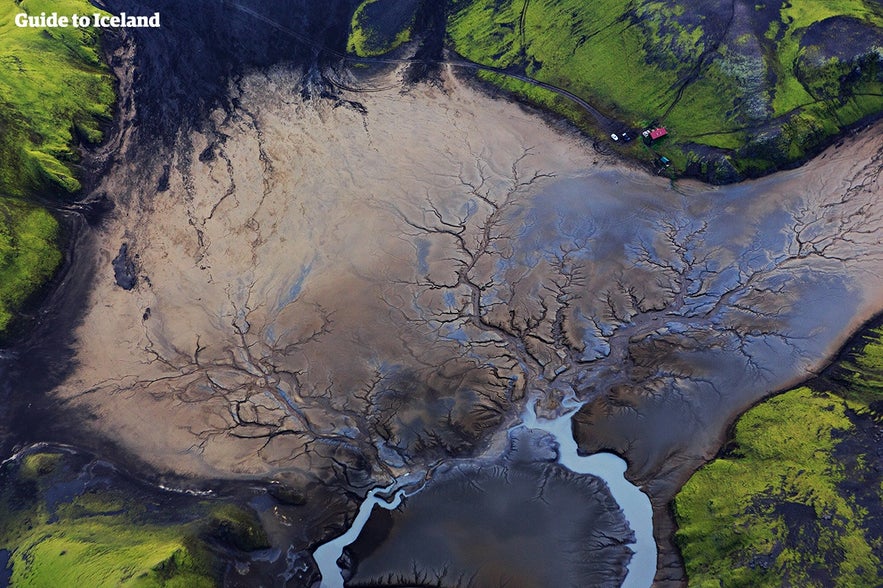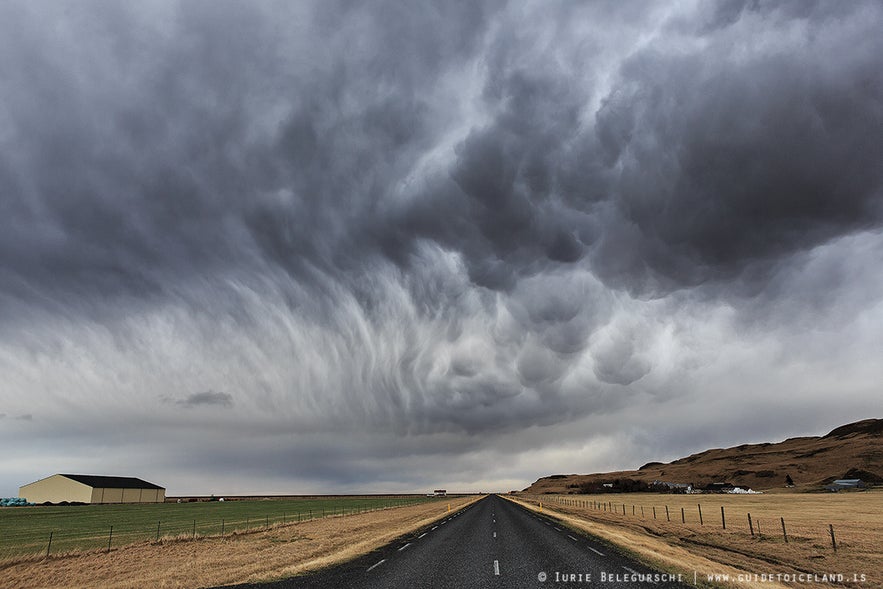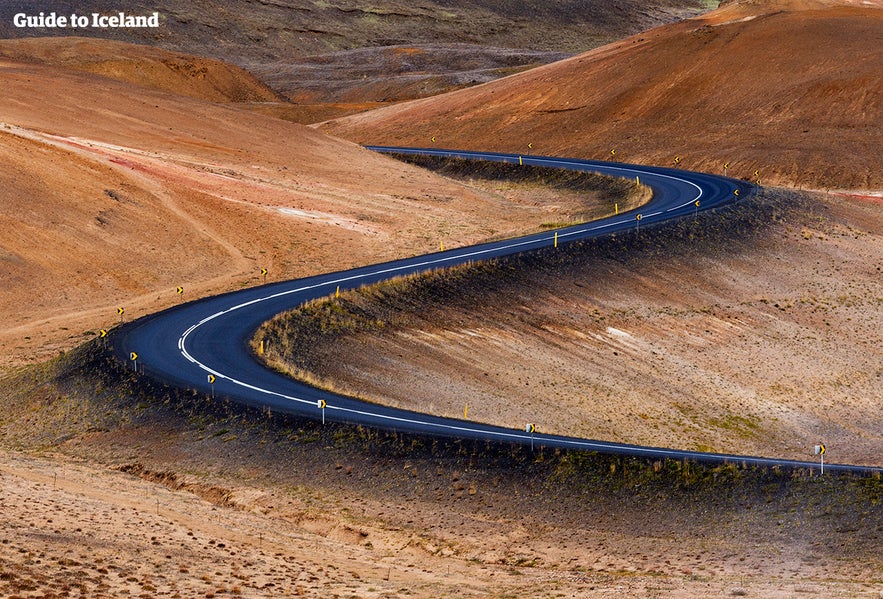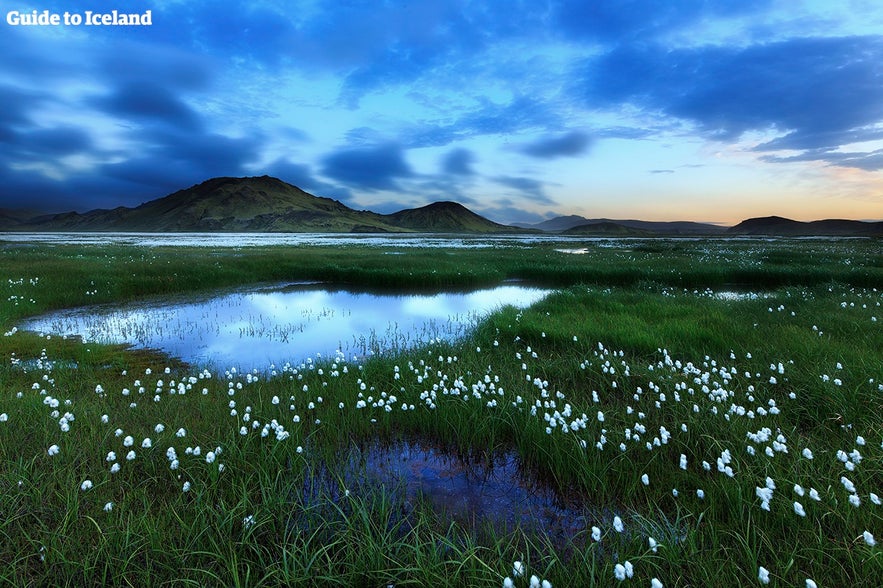
Tips for Backpacking in Iceland

Harsh and unpredictable, beautiful and serene, Iceland is a country as fierce as it is enchanting. Whether you are a first-time backpacker or a seasoned mountaineer the following tips and meditations can go a long way to ensuring your safety, well-being and the overall quality of your Icelandic backpacking adventure.
- Learn more about Camping in Iceland | All You Need to Know
- Are you wondering How Expensive is Iceland
- See our 19 Tips on How to Save Money in Iceland
Take care out there
Iceland is a backpackers paradise, but this paradise will always be a place of looming danger—and perhaps therein lies the very essence of its appeal: the wilderness calls to us, offering beauty, serenity and unbound freedom, asking only for respect and responsibility in return.
From the captivating Laugavegur of the southwestern Highlands to the northern backpacker's wonderland of Ásbyrgi, Iceland is home to countless spectacular hiking trails that vary both in scenic beauty and in difficulty.
Although you will always have to be prepared to adapt to the unexpected, studying the area you intend to visit is fundamental to every good and safe backpacking experience.
Know the area, know your limits
When choosing a hiking trail you should above all use yourself—your physical condition, experience, and knowledge of hiking—as the frame of reference to which you compare the hike's length and its difficulty.
If in doubt, you can always connect with locals who can direct you to routes and trails that match your abilities, but bear in mind that even though you might have accumulated ample knowledge of the area you intend to visit, conditions can change in an instant.
Iceland Search and Rescue, therefore, maintain online trail condition reports which you should check as often as possible, along with the local weather forecast, especially if you plan to travel far from a shelter by foot.
- See also Hiking in Iceland for more information on hiking trails
Pack the essentials
Iceland's diverse landscapes and dynamic weather patterns can catch even the most seasoned travellers off guard; by carrying a few indispensable items in your backpack you might not only be making the difference between a good and bad journey but between life and death.
So whether you intend to hike alone or in a group, the following items should always be in your backpack when trekking the Icelandic wilderness.
| Short Hike | Overnight Hike |
|---|---|
| Hiking socks or similar | Extra food |
| Thermal underwear | Additional layers of clothing |
| Breathable rain- and windproof outer layers | Tent |
| Waterproof hiking boots | Sleeping bag |
| Waterproof gloves or mittens | Mattress |
| Gaiters | Stove, gas and kitchen utilities |
| Food | Headlamp/flashlight |
| Waterbottle | Toilet paper and small shovel |
| Map, compass or GPS | |
| Mobile phone | |
| Personal location beacon (PBL) or satellite phone | |
| Warm artificial or woolen middle layer, not cotton | |
| First aid kit and second skin | |
| Sunscreen lotion | |
| Warm headwear, buff or bandana | |
| Light shoes for river crossing | |
| Knife, multi-tool | |
| Add the following items in winter time: | |
| Sunglasses or ski goggles | |
| Trekking pole/poles | |
| Woolen or synthetic scarf | |
| Winter headwear and/or balaclava |
On a short and easy hike you might not make use of each of the listed items, but then again, we never fully grasp the value of a thing until we are in dire need of it.
- See also How to pack for travel in Iceland
Check your equipment
It is important that you prepare your equipment in good time and ensure that everything is in working order before you set out on your adventure.
Be absolutely certain that you know how to operate your items; it is better to spend a few hours practising in comfortable surroundings than to do something for the first time under pressure in extreme circumstances.
Raise your tent in your backyard or a public garden, turn on the stove and check the gas levels and make sure your electrical devices are fully charged.
Share your travel plans
Even when travelling in groups hikers can lose their way in the Icelandic wilderness where tragic accidents have occurred because people who were in dire need of assistance could not be found in time.
Before setting out on a journey, therefore, you should first and foremost make a travel plan and leave it with someone who can contact the proper authorities should you fail to return or check in at the appointed time.
The best thing to do is to leave an itinerary at safetravel.is, where you can also rent a PLB (Personal Location Beacon) that can be switched on in the case of an emergency.
And always let someone know of even the slightest changes that you might make to your plans.
- See also Things that can kill you in Iceland
How to get there?
Two-thirds of Iceland’s population lives in the Greater Reykjavik Area while the rest of the country is quite sparsely populated.
The primary means of domestic travel is the personal automobile and most foreign visitors rent a car while travelling in Iceland.
Backpackers who are travelling on a modest budget, however, tend to utilise more economical ways of getting around. Hitchhiking from Reykjavik is relatively easy, and you are likely to get picked up by one of the first cars you see.
If you seek a more reliable mode of transport, you should consider using Iceland’s affordable and dependable public transport system, consisting of a massive fleet of buses.
The hiking passport takes you to two of Iceland's most popular highland hiking trails, Laugavegur and Fimmvörðuháls. The bus transfer is from Reykjavík and you can choose between three hiking bases to start from.
Choose your campground wisely
 Photo by Pavel Bronsky
Photo by Pavel Bronsky
Camping is strictly forbidden outside of designated campsites in Iceland’s three national parks. In general, however, wild camping with three tents or less is permitted on uncultivated land for a single night. If you are in a campervan, tent trailer, or a collapsible camper, however, you cannot do this and must retire at an official campsite.
It is illegal to camp on private land without the landowner's consent. You should also avoid camping close to farms without seeking permission, but know that most farmers are more than willing to host campers for a minimal fee.
Keep in mind that staying at an official campsite has its advantages. There you are provided with all necessary facilities, and countless campsites in Iceland lay close to extremely beautiful hiking trails.
Leave no trace
The Icelandic wilderness is captivating because it is undisturbed, and it is our collective responsibility that we do our very best to keep it that way.
Let us all uphold the Leave No Trace principles so that Iceland's wild and sacred landscapes may continue to be unspoiled for countless years to come: any object that does not spring from the lap of nature, should not be left behind.
May your backpacking adventures be full of foreseeable surprises.
Be safe, be responsible and be on your way.
関連記事

旅費を安く抑えるコツ!アイスランドのスーパーマーケット特集
物価の高いアイスランドで旅行を楽しむには、できるだけ旅行費用を安く済ませたいもの。食費を節約する方法は?食料品はどこで買えば安い?アイスランドにあるスーパーマーケット情報をお届けします。 旅行先では現地のグルメも楽しみたいですが、毎日外食するのは間違いなく出費が多くなります。レンタカーやツアーなどのアクティビティを重視した旅をするには、食費を減らすことが旅費を節安する方法です。何軒かあるアイ...もっと読むアイスランドでドローンを飛ばす前に知っておきたいこと
アイスランドのドローン撮影事情は?最新の規制やルールはどうなってる?飛行禁止の場所やおすすめの空撮スポットって?などなど、アイスランドでドローンを飛ばしたい方必読!かっこいいドローン空撮映像と共に解説します。 アイスランドのセルフドライブツアーを探す アイスランドで写真撮影ツアーはいかがですか? この10年で「ドローン技術」(無人航空機;Unmanned Aerial Vehicle)は...もっと読むパフィンはどこにいる?アイスランドのマスコットに出会える場所
アイスランドでパフィンを観察できるベストスポットはどこでしょうか。一年中見ることができるのか、どれくらい近づけるのか、特別なツアーはあるのか…などなど、アイスランドの最も愛らしい動物、パフィンについてご紹介します。 パフィンは観光客の人気者。この美しくて小さな鳥は、カラフルなくちばし、まんまるの目とポテポテとしたな歩き方が可愛らしいです。カップルで巣を作り、雛を育て、コロニー内でははっきりし...もっと読む

アイスランド最大の旅行アプリをスマートフォンにダウンロード。旅のすべてを1か所で管理できます。
アイスランド最大の旅行マーケットプレイスをポケットに。スマートフォンのカメラでQRコードを読み取り、表示されるリンクをクリックしてください。電話番号またはメールアドレスを入力すれば、SMSやEメールでもダウンロードリンクを受け取ることができます。



























